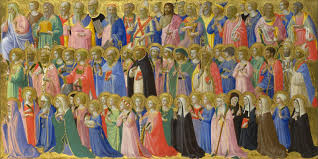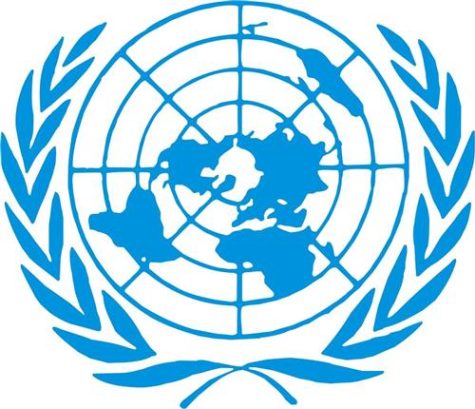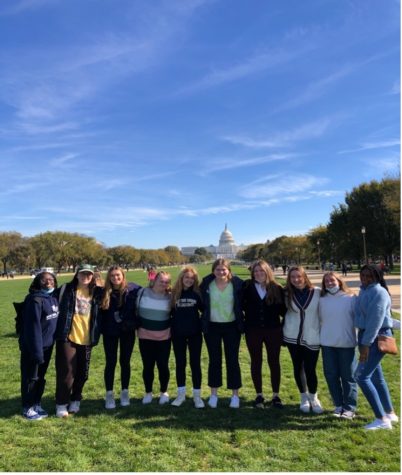Catholic Corner

October 28, 2014
Halloween, celebrated on October 31, has become so popular that an equally important holiday is often overshadowed. All Saints Day, also known as The Solemnity of All Saints, has been celebrated by the Roman Catholic Church for hundreds of years. It’s traditional name of Hallows, is where Halloween derives it’s name from. This special holiday celebrated on November 1st has a long and intricate history, and has developed into a day that is acknowledged by Catholics. The emphasis of the day is to honor all of the saints, and people in Heaven, in a special day of remembrance.
All Saints’ Day is a time to remember all of our loved ones who have gone to Heaven. In some countries, that have a high populous of practicing Catholics, it is declared as a national holiday because of its importance. Immediately following All Saints Day, on November 2nd is All Souls Day. This day has a more solemn meaning and is dedicated to honor and pray for those who are currently in purgatory. Purgatory, is similar to a “waiting room” in which soul’s who have died are awaiting “access” to Heaven. All Souls day is a time to pray for the purification and forgiveness of the soul’s in purgatory so they may enter into Heaven. Catholics truly believe that there is a prayerful and spiritual communion between the souls being cleansed in purgatory, those in harmony with God in Heaven, and the “church militant” who are living.
It is important to note that All Saints Day is typically a Holy Day of Obligation, meaning Catholics are mandated to attend church, even if the day does not fall on a Saturday or Sunday. However, this year is an exception because it falls on a Saturday. The Church has lifted the obligation to attend church on this day because there may be too much of a strain for a priest to attend both morning mass and evening vigils.
The celebration of All Saints began in the West on May 13, 609 or 610, when Pope Boniface IV consecrated the Pantheon at Rome to the Blessed Virgin and all the martyrs; known today as the feast of the dedicatio Sanctae Mariae ad Martyres has been recognized in Rome ever since. This consecration is marked as the origination of All Saints Day. Since Pope Boniface IV consecrated the Pantheon Christians began celebrating the martyrs on May 13th. It is significant, that there was no uniform date and time to celebrate the martyrs. Pope Gregory III changed this wanton celebration of the martyrs by creating a firm date of November 1st to celebrate the martyrs.
This date often fell within a few weeks of the Celtic holiday of Samhain, which had a theme similar to the Roman festival of Lemuria, which was also a harvest festival. The Irish, more familiar with the celebration of Samhain in the past, refused to recognize “All Hallows Day” on November 1. Historic document held precedent, claiming that celebration in Ireland took place in the spring: the Felire of Oengus and the Martyrology of Tallaght and that the early medieval churches celebrated the feast of All Saints on April 20.
So, although you may be eating a bunch of Halloween candy Saturday morning, remember the reason Halloween exists! Although All Saints Day is not a Holy Day of Obligation this year, it is important nevertheless. Take time to pray for all of those who have passed away, for the saints in Heaven, and the souls in purgatory.









